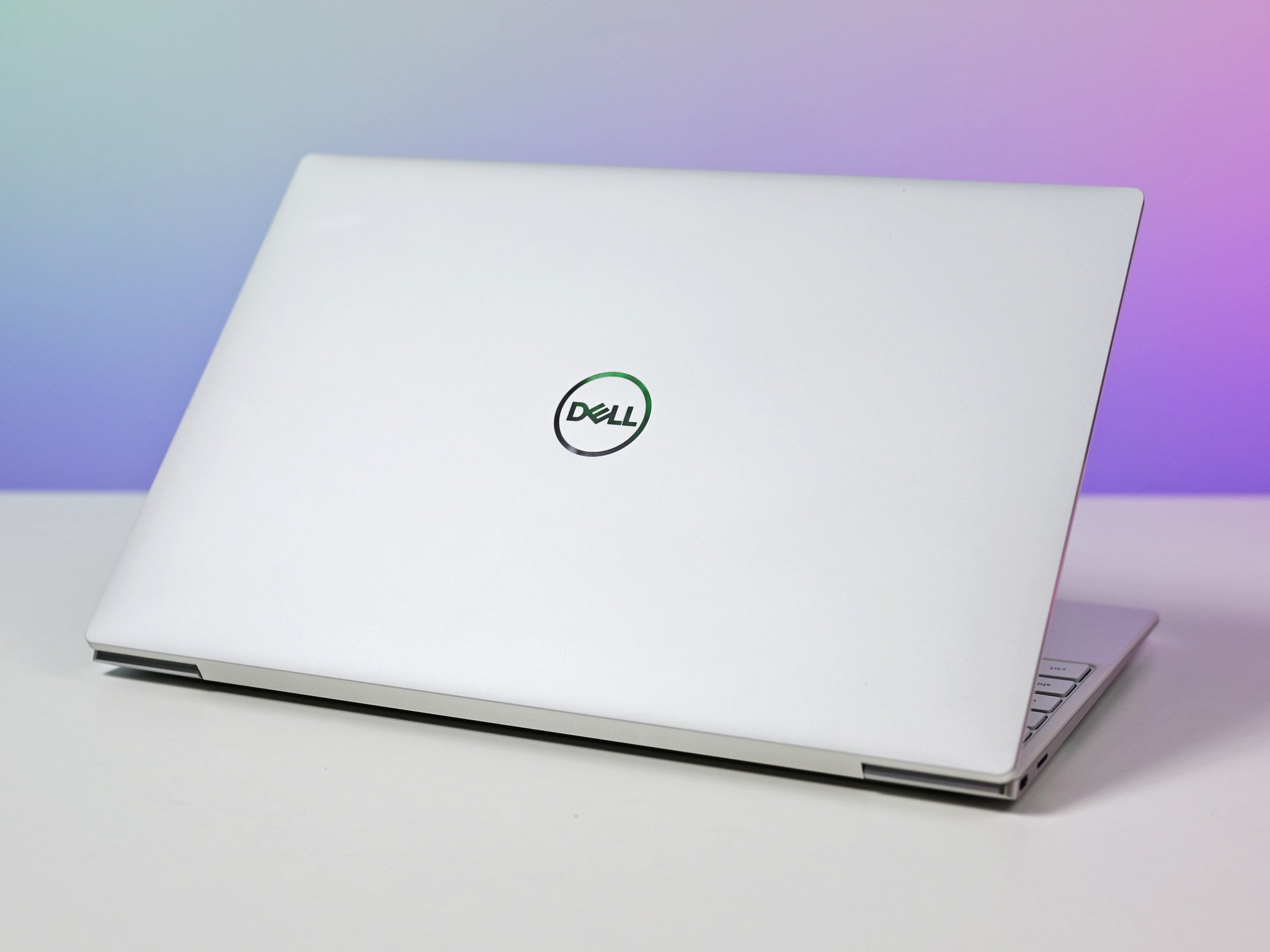Dell launches new BIOS security tool to keep remote workers safe
Dell's new utility helps IT departments secure BIOS and shut down attacks.

What you need to know
- Dell launched a new security tool to help protect remote workers today.
- SafeBIOS Events & Indicators of Attack help IT departments quickly route hackers in the event of an attack.
- The new utility is available to download today on Dell commercial PCs as part of the Dell Trusted Device solution.
Dell today launched a new security utility to help IT departments keep employee PCs safe from BIOS attacks. The goal is to keep employees more secure now that a large portion of the workforce is working remotely.
Called Dell SafeBIOS Events & Indicators of Attack (IoA), the utility gives organizations insights into whether their workers' PCs are secure. IT departments can use SafeBios Events and IoA to quickly learn whether an attacker is leveraging a BIOS exploit on a worker's PC and then respond to shut the attack down.
"Securing the BIOS is particularly critical because a compromised BIOS can potentially provide an attacker with access to all data on the endpoint, including high-value targets like credentials," Dell said in a blog post outlining the new utility. "In a worst-case scenario, attackers can leverage a compromised BIOS to move within an organization's network and attack the broader IT infrastructure."
Dell says that the SafeBIOS Events and IoA utility is available globally starting today for Dell commercial PCs through its Dell Trusted Devices solution.
In addition, Dell outlined a few other ways it is helping organizations stay secure as more work is done remotely. VMWare Carbon Black has eliminated endpoint limits until June 20, while Dell is offering temporary licenses for Dell Encryption through May 15. It is also offering flexible payment options for Secureworks' managed threat detection and response solutions.
All the latest news, reviews, and guides for Windows and Xbox diehards.

Dan Thorp-Lancaster is the former Editor-in-Chief of Windows Central. He began working with Windows Central, Android Central, and iMore as a news writer in 2014 and is obsessed with tech of all sorts. You can follow Dan on Twitter @DthorpL and Instagram @heyitsdtl.
